I. Sensitive Flower
Collaborators
Spencer Bowman (Engineer)
Wenqing Yin (Designer)
Time-frame
3 weeks | Oct 2019
Project overview
This is an interactive machine created for children aged around 4. Through mimicking the natural process of a flower blooming and wilting with artificial material, this device is intended for bring children joy of playing and curiosity towards how we can be connected with the nature in an artificial environment.
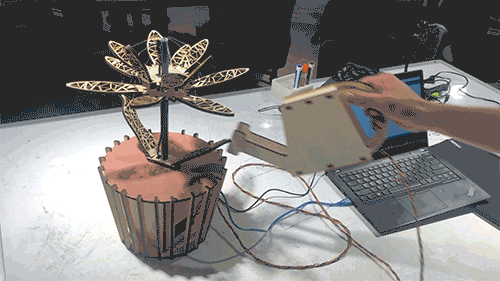
Observation at Children's School
We went on a trip to children’s school and was luckily allowed to observe the children in the classroom, playroom, playground and so on. We were able to gain a lot of useful information through visiting their classroom, watching them interacting with each other, and observing their preferences as well as things they disliked. One thing that inspired us a lot was their interest in the nature. They were drawn a lot to the natural materials like sand and water and were very interested in animal role playing. This insight later became a crucial standard while evaluating different ideas.
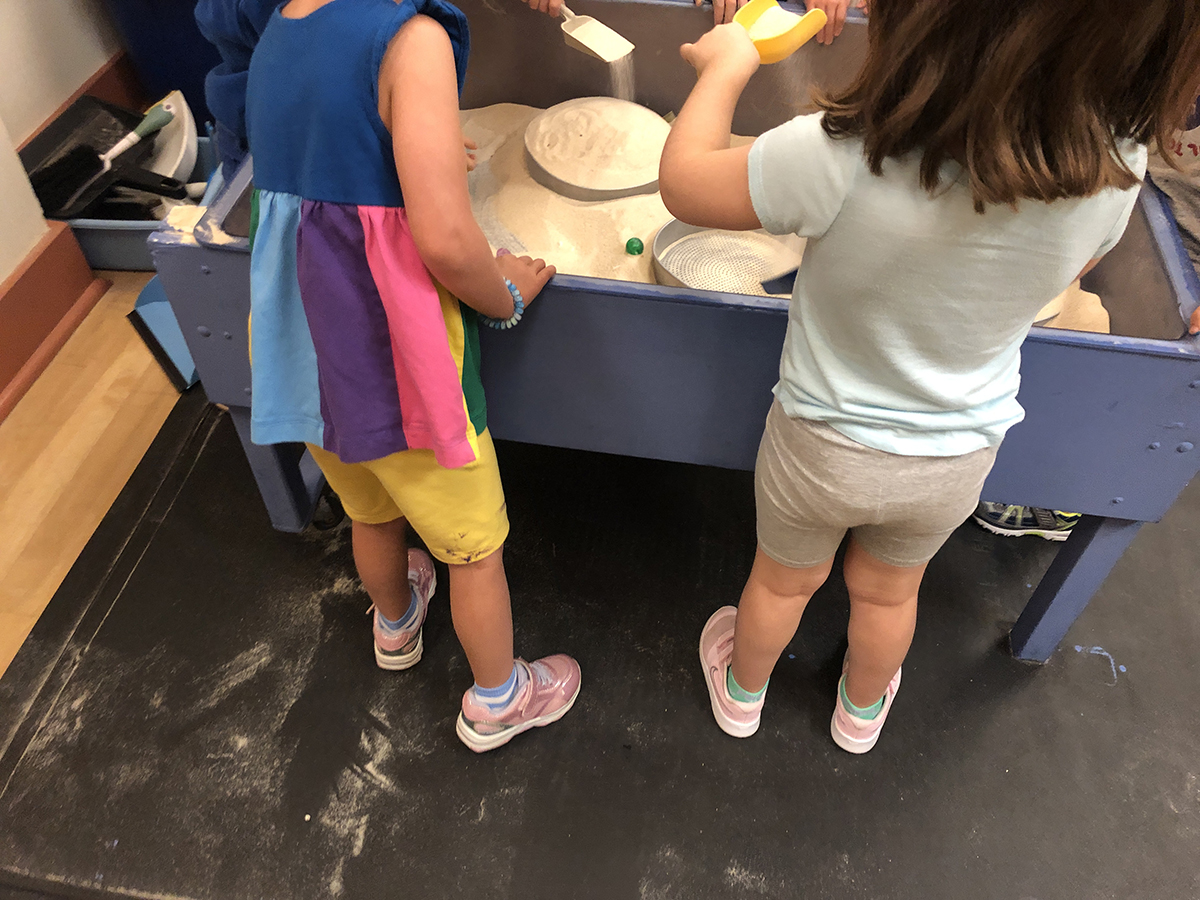
playin with sand
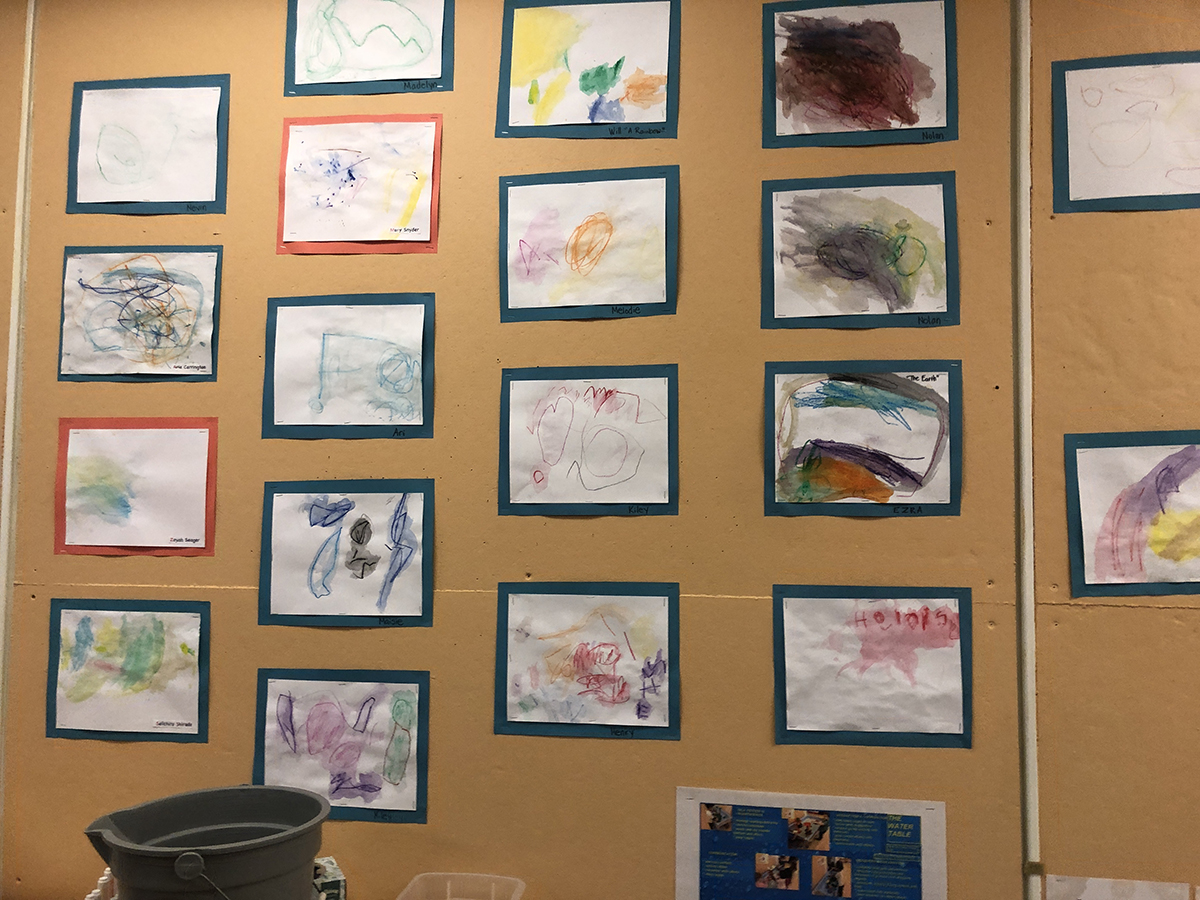
children's drawings
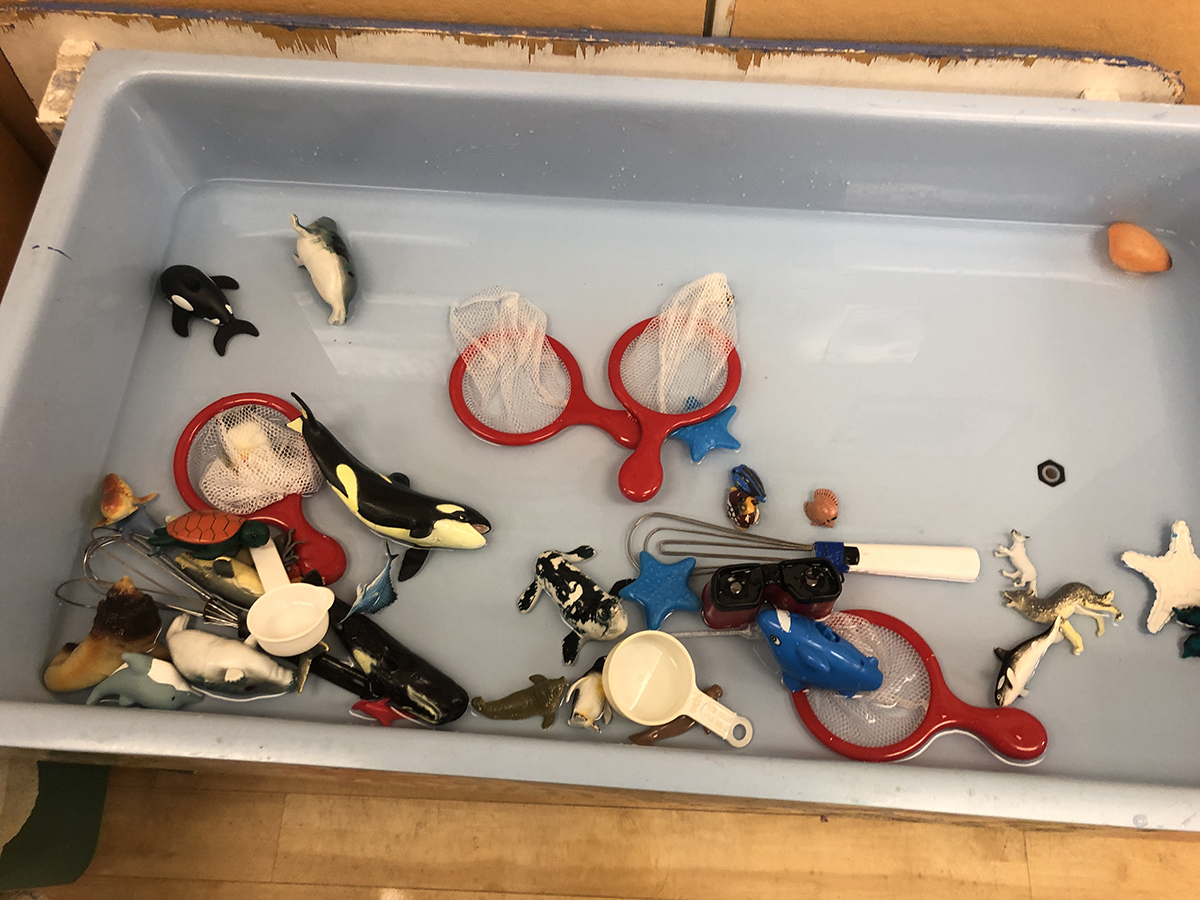
toys for role play
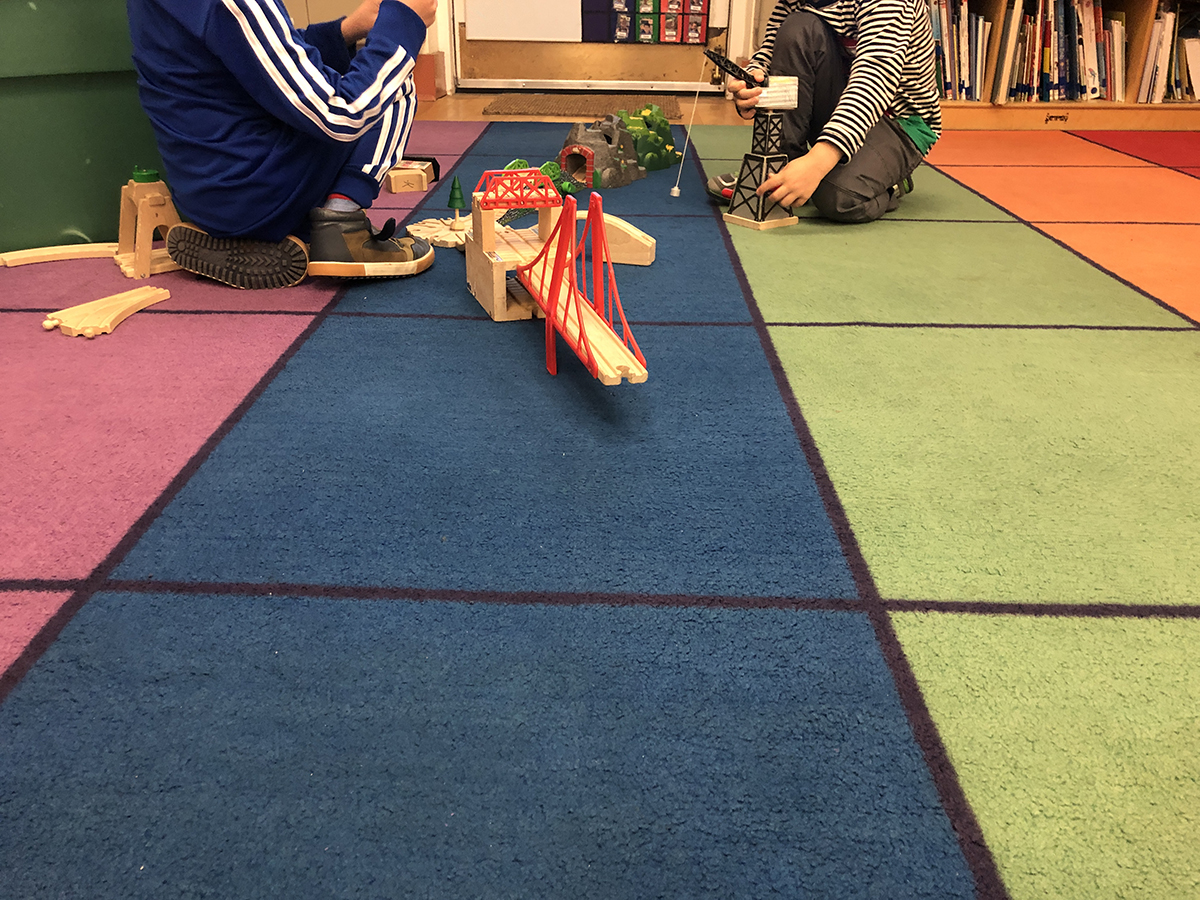
building train tracks collaboratively
Ideation
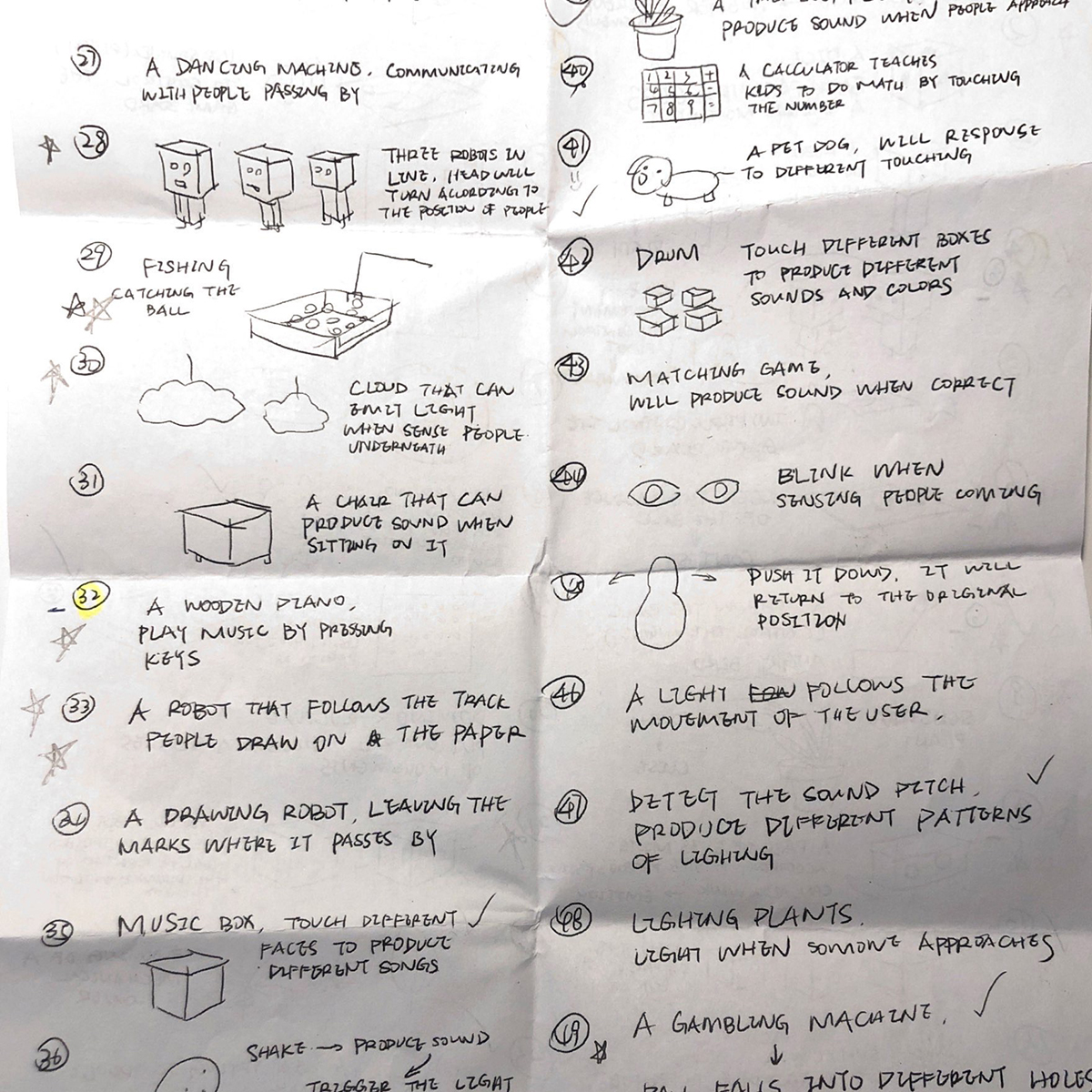

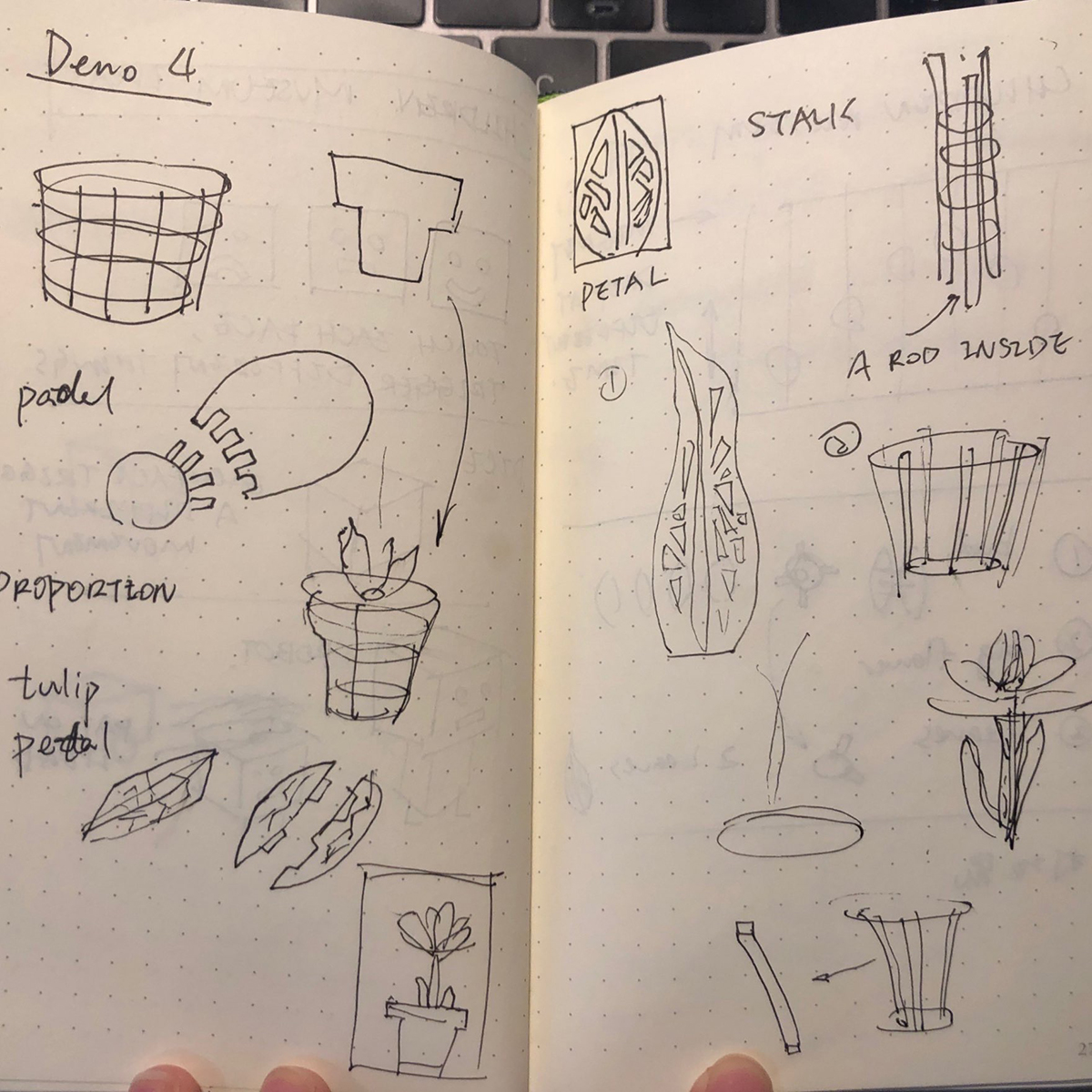
Implementation & Outcome
In this project, we wanted to capture the natural motion of a plant responding to sunlight and watering. When the flower was being watered, it would bloom. However, when the sunlight was being covered, it would wilt or unbloom. In addition, in order to attract kids to interact with it, we also added a shaking motion with a frequency of heartbeat to the flower when it is neither being covered nor watered.
Being connected together with fishing wires which were then bundled to connect to the servo, the pedals and leaves are able to perform the same motion. A photosensor allowed the flower to sense whether its sunlight is blocked or not. In order to sense the watering motion, an accelerometer and a distance sensor are embedded in the water pot.
User testing
This device was brought to Children’s School on one Friday for testing. During the testing, we observed the way children were interacting with the machine, the interaction time, their level of interest, unexpected behaviors and so on.
We found out our device was successful at stimulating children’s curiosity as the mechanics used to mimic the natural process was something they found magical and delighting. We also found quiet kids had significantly longer interaction time with this machine than the rest had.
Apart from these, we also spotted some problems with our design. Although some kids enjoyed the slow movement of the flower a lot, this machine was too gentle to keep their attention. Some children also didn’t know how to interact until we showed them. In addition, the way we set up the machine was not very friendly for kids aged around 4 as it was a bit high for them to interact.

Reflection
Overall, we were pleased with the outcome of both the device and users’ feedback. We also realized what could have been done to make this project more attractive and user-friendly. If we were asked to iterate on this project, we would like to revisit our users (i.e. 4-year-old children) and do more user studies to find out what kids are really attracted to instead of making assumptions about them. Apart from that, we would like to introduce more touchpoints in the whole interaction experience and make them more intuitive for the users to understand.
II. Marble Maze Melody
Collaborators
Hagan Miller (Designer + Engineer)
Wenqing Yin (Designer + Engineer)
Time-frame
5 weeks | Nov-Dec 2019
Project overview
This is a creative machine designed for children that incorporates marble transportation mechanism, problem-solving maze and sound generation structure. The goal of this project is to let children play collaboratively and to deliver a multi-sensory play experience to them.
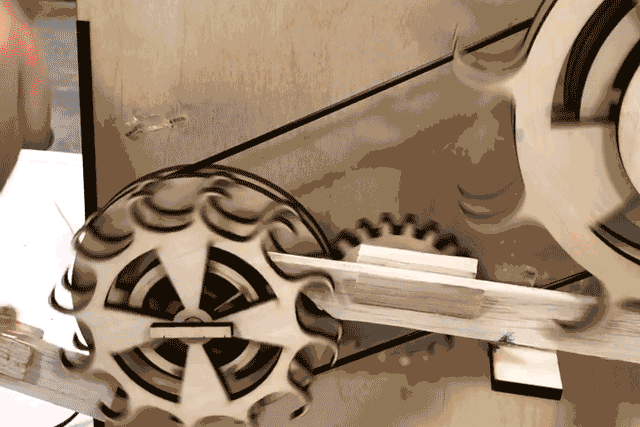
On-site Research

As this project will be presented at the Children’s Museum, we went to the museum to conduct research. We tried to find out:
- What do the existing projects look like?
- How do the children interact with them?
- Is the way that children interact with it consistent with the intention of the projects?
- What are some surprising moments?
- What are children attracted / not attracted to?
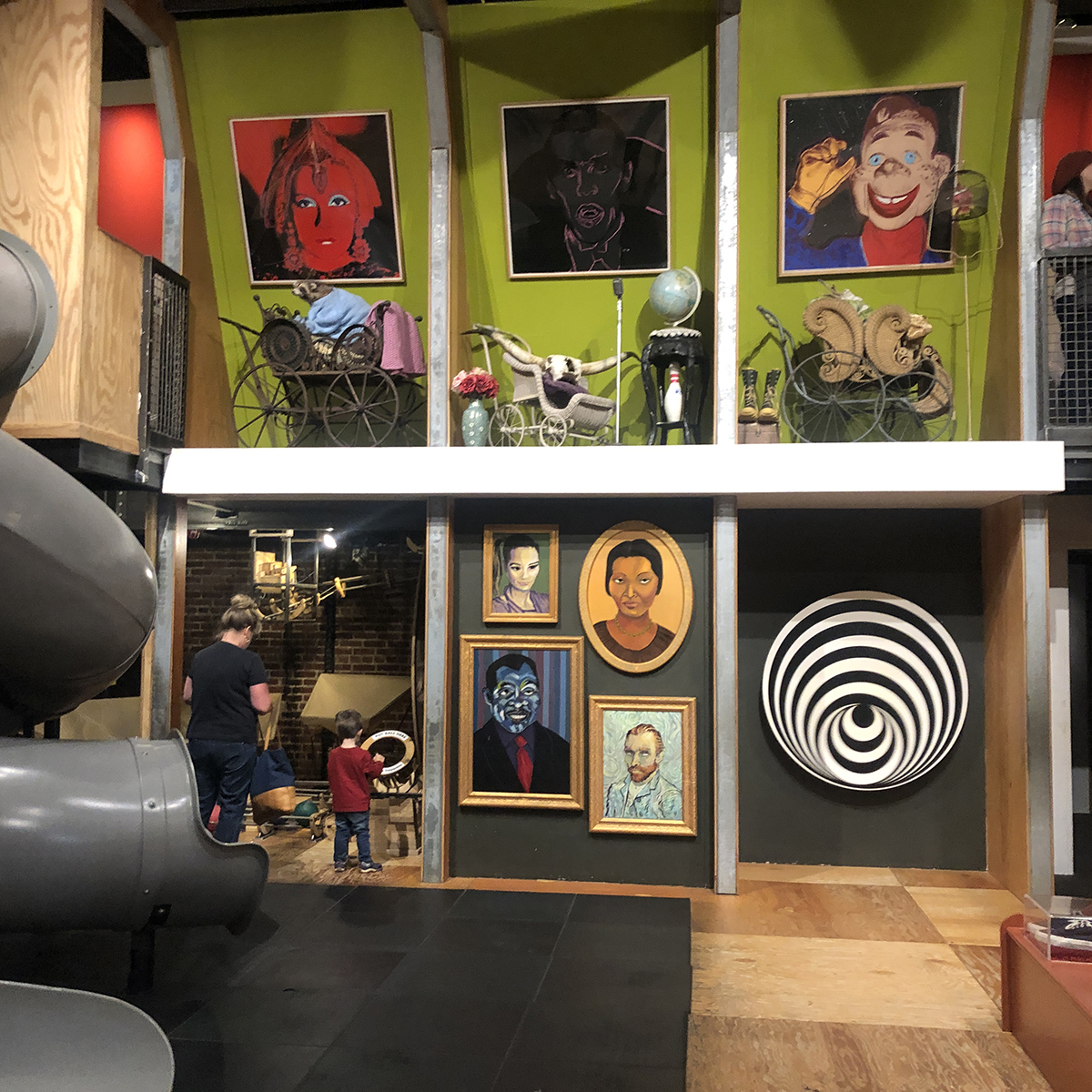
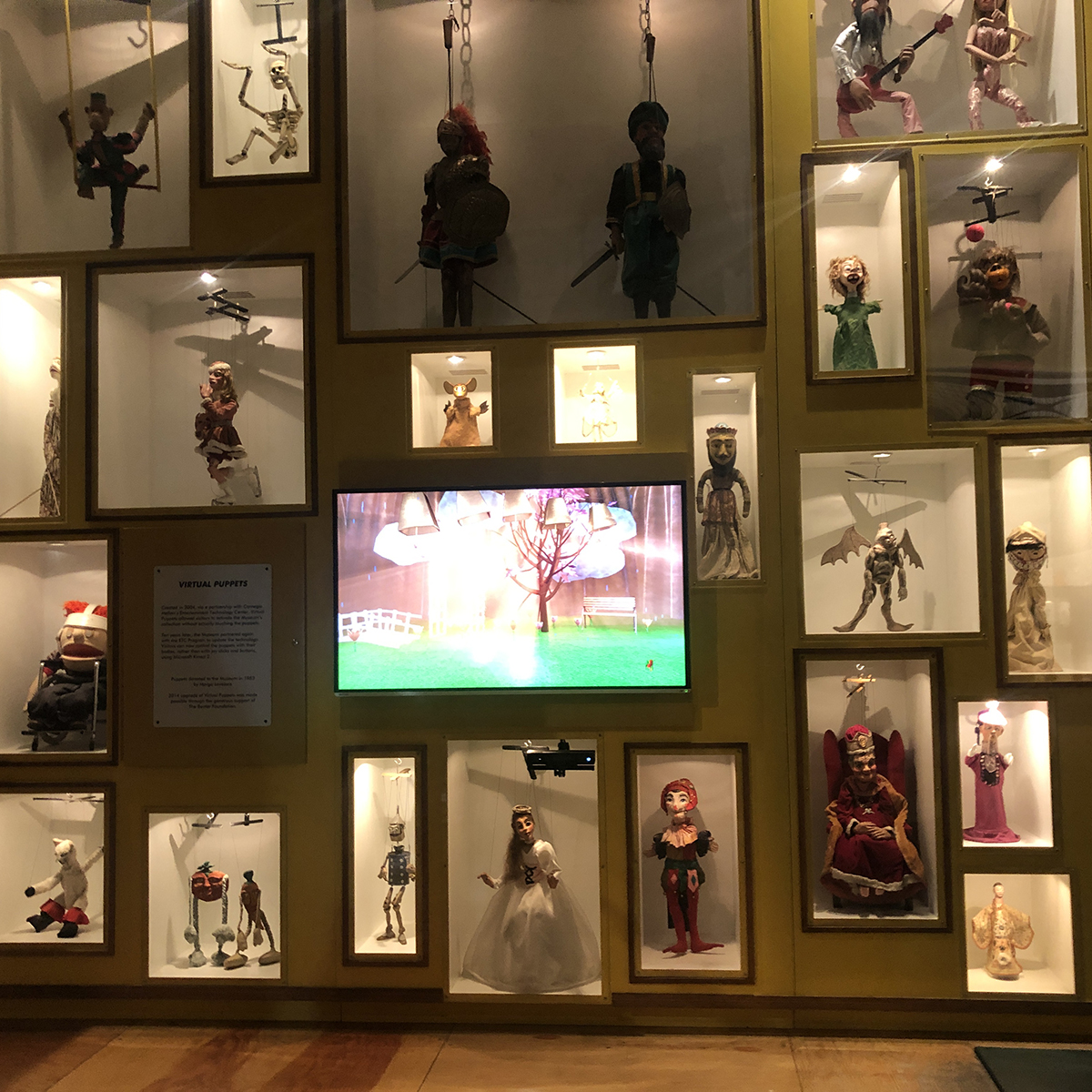


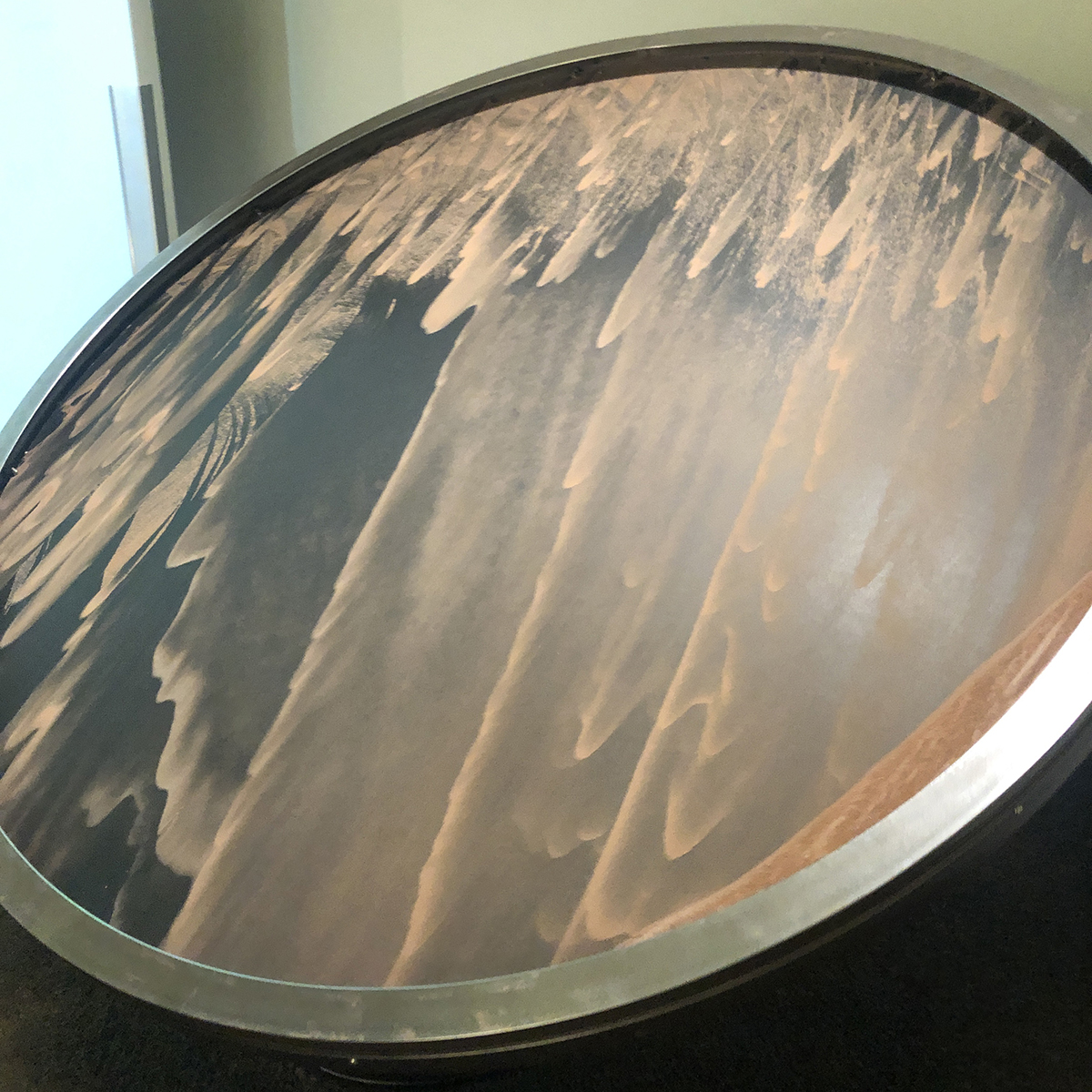
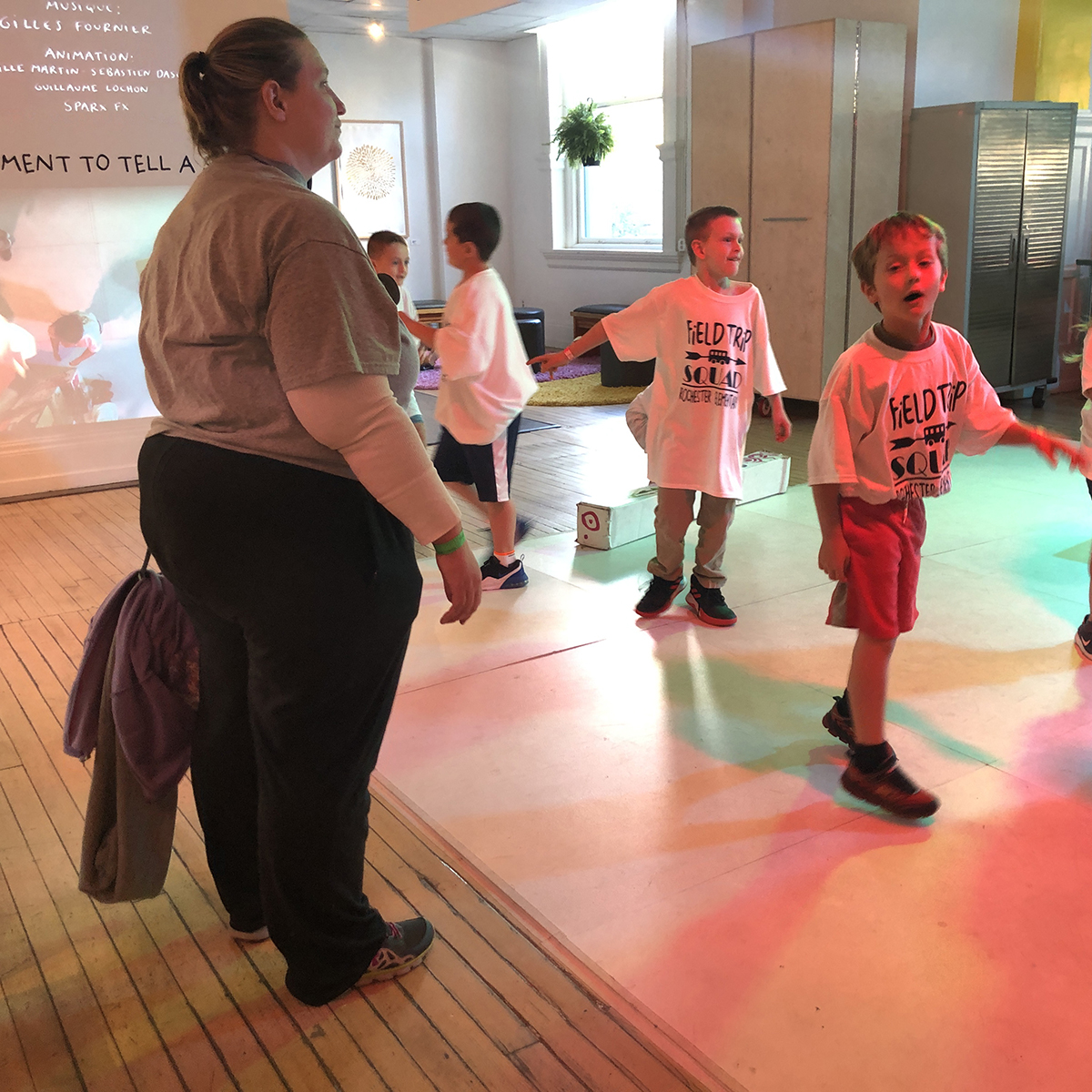
First Iteration
The first iteration was brought to Children’s Museum for the initial testing. Through the testing, we tried to find out what worked well and not so well with our machine so that we could make improvement in the later iteration.
The maze ran into some technical issues that we plan to fix in our upcoming iterations. Some of the kids remarked how the marbles could get stuck between the first maze and the melody ramp. In addition, some of them dumped a lot of marbles onto our machine which made the tilting mechanism hard to handle the weight.
Apart from that, we also found some strategic issues with our design. For example, the interaction time was too short so that children might lose interest quickly. This inspired us to add more modular components to our machine to enrich the experience.
Final Outcome & User testing
The outcome was very successful. First of all, it succeeded in attracting a lot of kids to play, and the interaction time was very long on average. We were told by some kids that the device really hooked them. Second, we were able to see the collaboration between kids just like we intended. Last but not least, the device was built sturdy enough to function the whole time even when some kids attempted to smash on it.
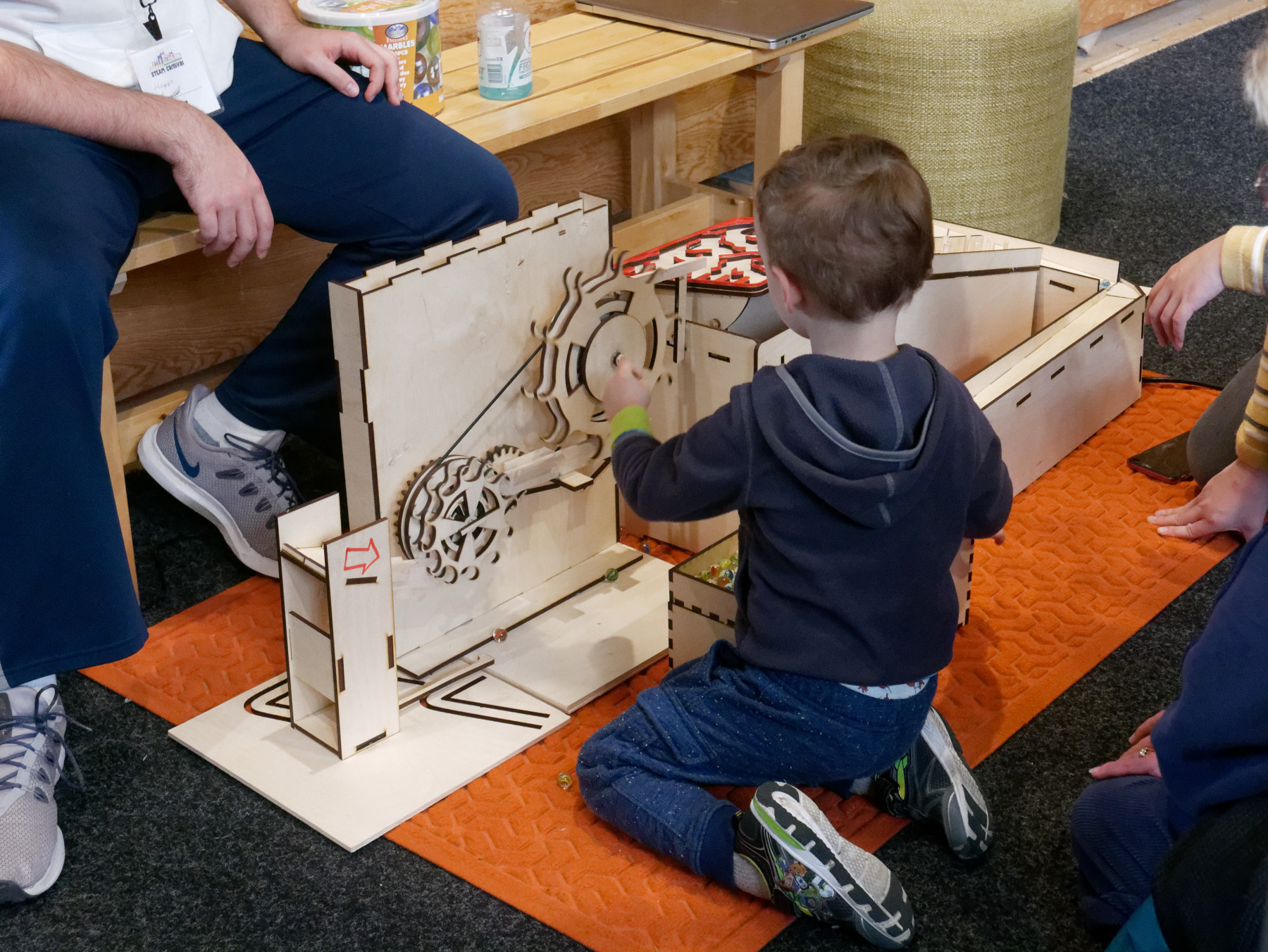
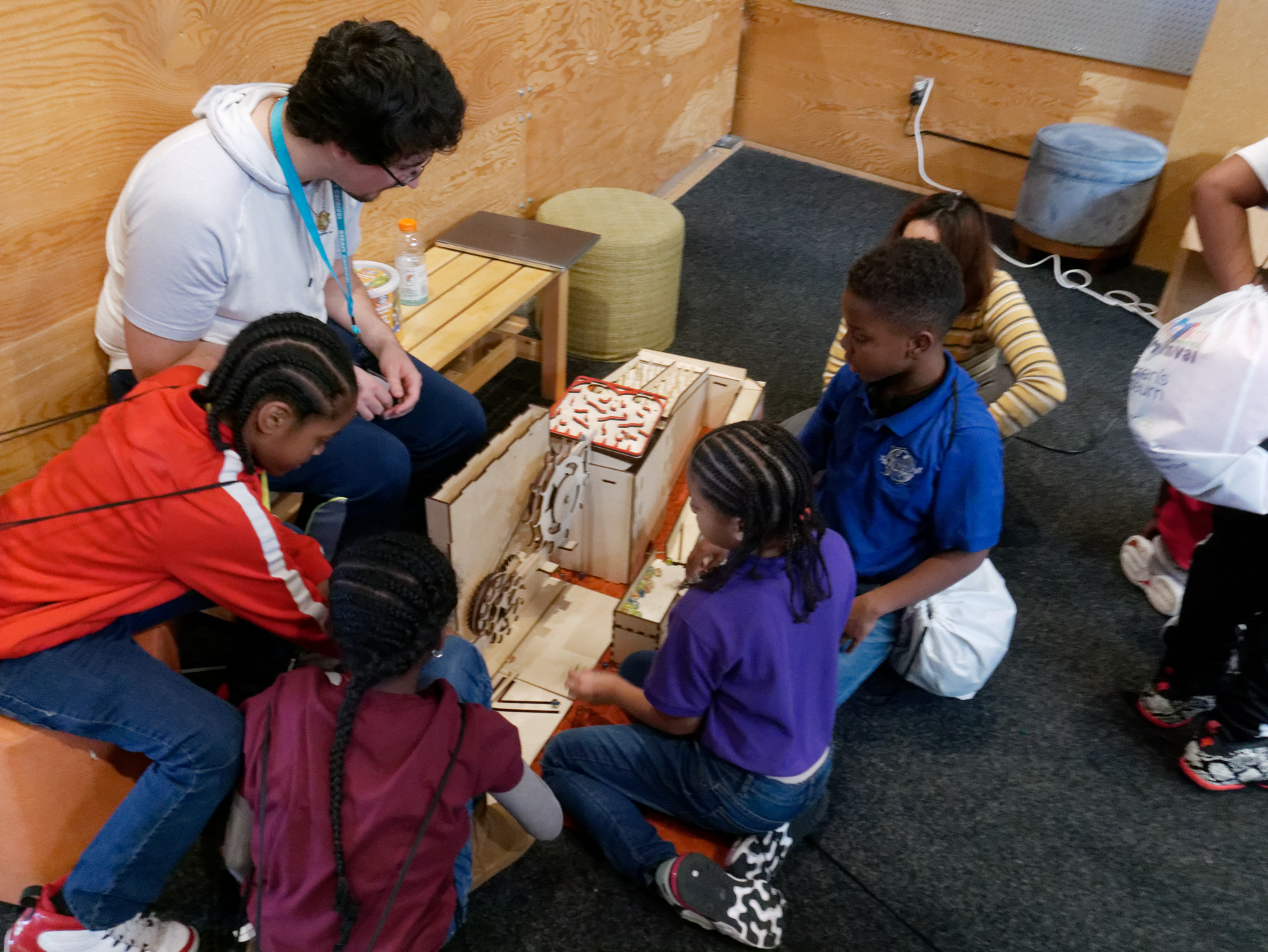
Technical Design & Process
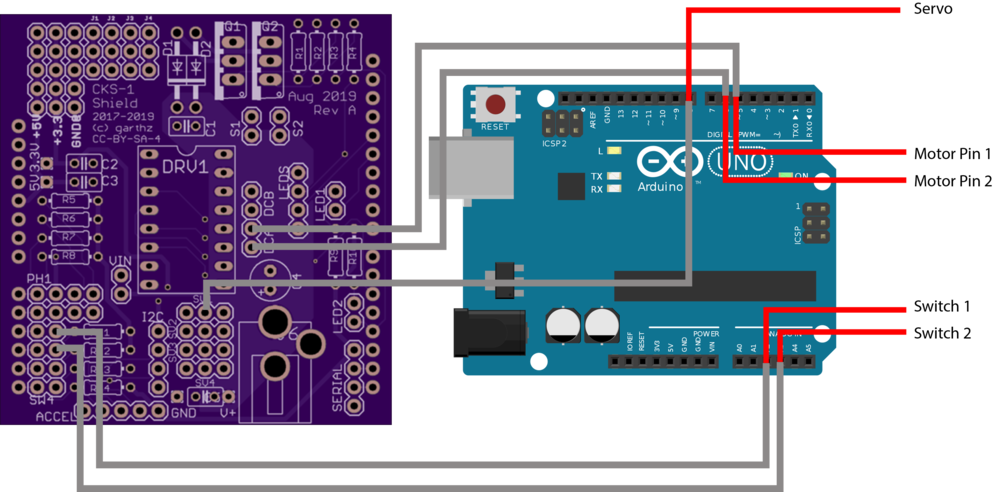

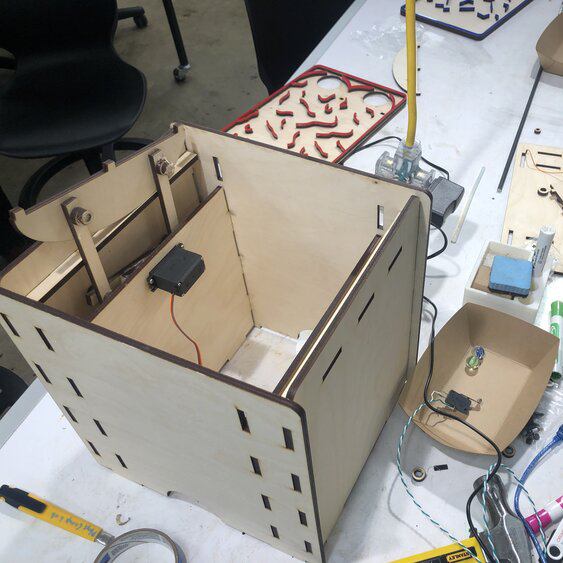
Maze support
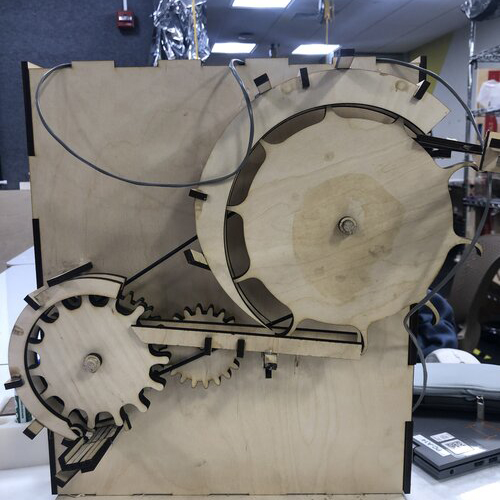
Gear iteration 1

Gear iteration 2
Reflection
This project made me realize the importance of multi-sensory experience. This device enabled children to see, touch, and hear. Even some minute details such as the sound produced by the rotation of the gear also added a unique color to the whole picture.
Apart from that, I started to understand the users more compared to the last project (i.e. Sensitive Flower). I learned the lesson from previous project that kids were easily drawn to something interesting rather than something perfect. As designers we shouldn’t make assumptions easily about our users.
If we have more time, we would like to make each module of this device more consistent in theme. Apart from that, it is also worth considering gaining more support from either professors or other students in terms of engineering the mechanics.
